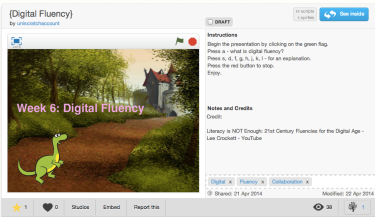This weeks’ task involved giving and receiving peer feedback. McMillan (2011) suggests that assessment without the use of instructional changes is not formative. Peer assessment was challenging however I tried my best to provide praise and formative instruction.
The peer feedback I received included instructional suggestions such as centering and enlarging images and items I had documented to workshop, such as referencing; as I was still investigating how to hang text, and a small spelling error I knew existed within my Inforgraphic header. I took my peers advise and made the suggested changes and have now mastered hanging text. Go me!
Majority of the feedback received was praise, which was wonderfully fulfilling knowing that my peers acknowledged my efforts and were inspired by my blog, as I had spent endless hours learning how to implement out of the box ideas. I appreciated the time and effort my peers took to assess and inform me of these suggested changes, as I know it was not an easy task.
Overall, this process has confirmed that by actively participating in the digital age, I am able to improve my digital fluency through exploration, experimentation and collaboration for life-long learning. From the first blog post to the last, I have uncovered the importance of teachers being digitally aware citizens in a digitally expectant society, to empower students.
Press below links for peer marking:
Click on the pinterest board below for additional resources regarding dealing with collegues:
tes Resources. (16 May 2014). Dealing with collegues. Pinterest. Retrieved from http://www.pinterest.com/tesResources/dealing-with-colleagues/





